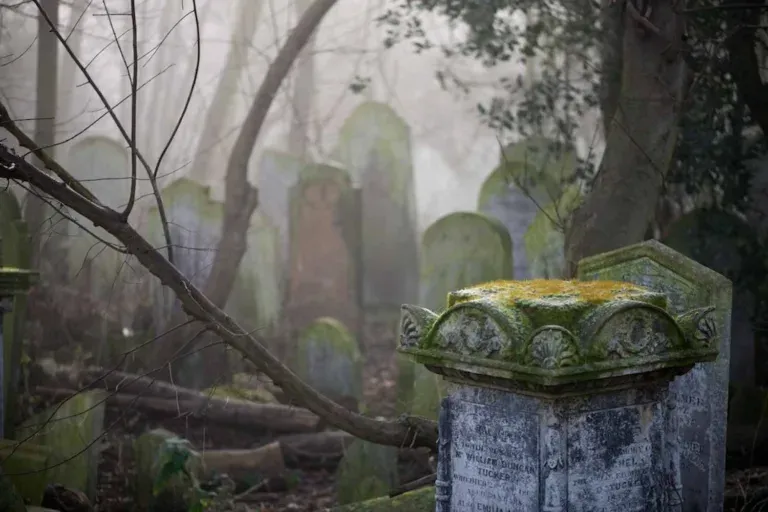S’Accabadora
The “s’accabadora” is a traditional figure linked to Sardinian culture.
This figure is shrouded in mystery and superstition and has been the subject of debates and controversies for many years. The term “s’accabadora” derives from Sardinian and literally means “she who puts an end.”
The s’accabadora was an elderly woman, respected and feared, who played a delicate role within the Sardinian community. Her main task was to assist the dying, particularly those suffering from incurable illnesses or conditions of extreme suffering. She was called upon only in extreme cases, when the patient had no hope of recovery and desired to end their own suffering.
Tradition holds that the s’accabadora acted as a compassionate “angel of death,” causing no pain or suffering to the patient. She would use a pillow or sheet to cover the face of the dying person, offering a dignified exit from suffering and accompanying them in the passage to the afterlife. All of this occurred in accordance with religious beliefs and customs of the Sardinian community.
However, it should be noted that the activity of the s’accabadora was not legally recognized, and her practice took place in secret and under the veil of anonymity. This aspect contributed to the mystery surrounding this figure and led to debates about her real existence and function within Sardinian society.
Over time and with the evolution of society, the figure of the s’accabadora gradually disappeared. With the advent of modern medicine and patient rights, the practice of ending the life of a sick person was delegated to broader ethical and legal decisions, such as euthanasia and living wills.
Today, the s’accabadora has become more of a legendary figure than a concrete element of Sardinian reality. However, her story and role in popular tradition continue to fascinate scholars, writers, and curious individuals worldwide. Some museums and cultural centers in Sardinia have dedicated spaces and exhibitions to preserve the memory of this enigmatic figure and to introduce new generations to the ancient traditions of the island.
In conclusion, the s’accabadora represents an intriguing chapter in the history and culture of Sardinia. Despite being a controversial figure, she played a significant role in assisting terminally ill patients and offering them a respectful passage to the afterlife. Her story serves as a reminder of the unique traditions of this fascinating Mediterranean island and the importance of preserving and understanding the nuances of its rich culture.







